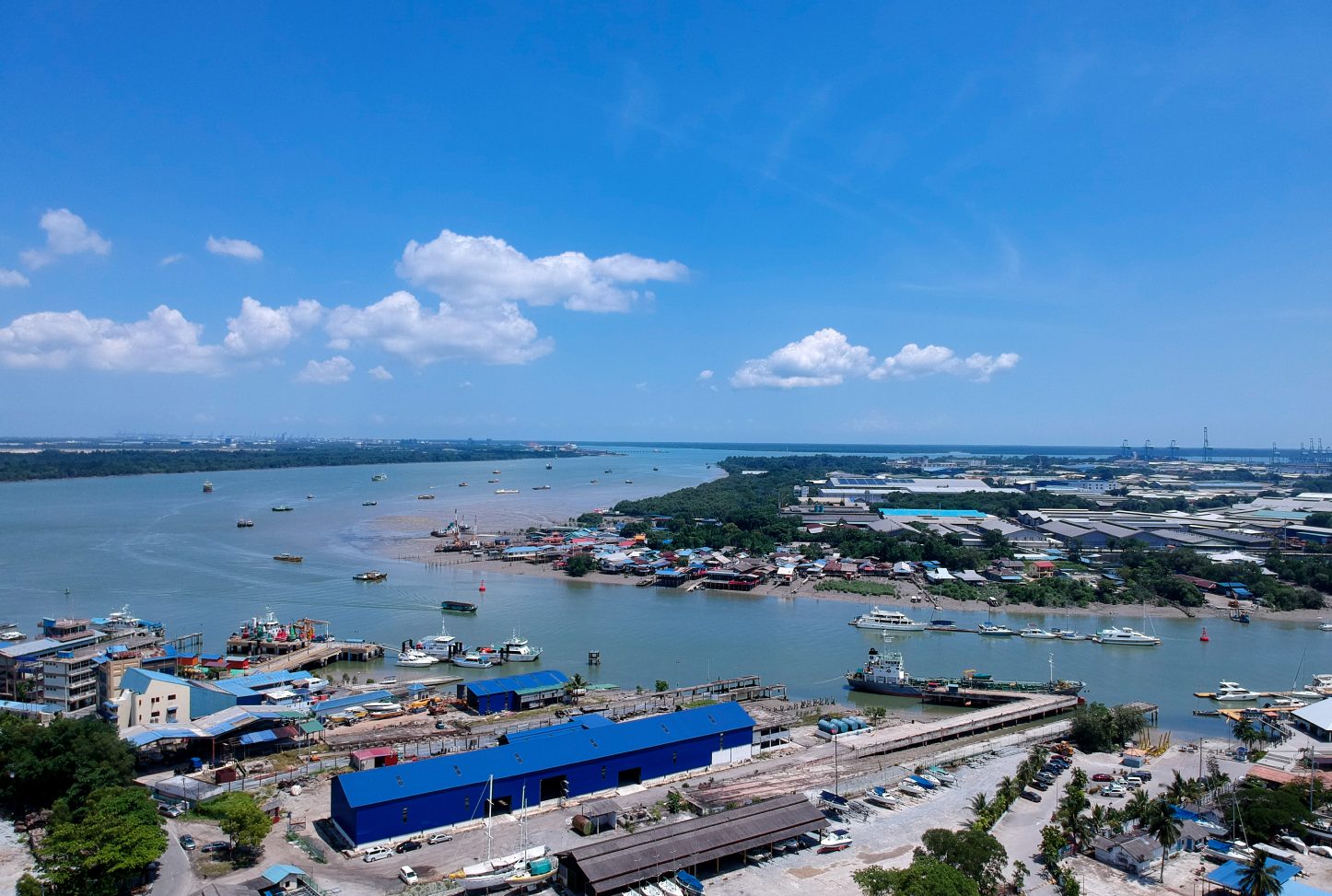A Comprehensive Guide to Shipping from Shantou Ocean Port to the US
Latest update on 26 July, 2024 by Angelina Pang– Marketing Analyst at FreightAmigo
Shipping goods internationally can be a complex process, requiring careful planning and execution to ensure that goods arrive safely and on time. Shantou, a bustling port city in China, is a significant hub for global trade, particularly with the United States. In this comprehensive guide, FreightAmigo aims to provide detailed insights into shipping from Shantou Port to the United States, covering every aspect from planning and document preparation to logistics and customs.
Want to Instantly Compare International Express, Air, Sea, Rail Freight And Truck Logistics Management Solutions To Control Transportation Costs?
Key Steps in Cargo Transportation Planning
Before embarking on the journey of shipping goods from Shantou to the US, it is crucial to undertake meticulous planning. This stage involves several key steps:
Understanding Shipping Requirements: Different goods have varying shipping requirements. For instance, perishable items need refrigeration, while fragile goods require careful handling. Understanding these requirements is essential for selecting the appropriate shipping method.
Selecting a Reliable Freight Forwarder: A freight forwarder acts as an intermediary between the shipper and various transportation services. Choosing a reputable freight forwarder with experience in handling shipments from Shantou to the US can significantly ease the process. They can assist with documentation, booking cargo space, and ensuring compliance with international shipping regulations.
Choosing the Right Shipping Method: Depending on the nature and urgency of the shipment, you can opt for different shipping methods such as Full Container Load (FCL), Less than Container Load (LCL), or air freight. FCL is ideal for large shipments, while LCL is suitable for smaller consignments. Air freight, although more expensive, offers faster delivery times.
Cost Estimation and Budgeting: Shipping costs can vary based on factors such as the size and weight of the shipment, shipping method, and destination. It is essential to obtain quotes from multiple freight forwarders and carriers to compare costs and create a realistic budget.
Documentation and Compliance
Accurate and comprehensive documentation is a cornerstone of successful international shipping. Ensuring compliance with both Chinese and US regulations is critical to avoid delays and penalties. Key documents include:
Bill of Lading (BOL): This is a legal document issued by the carrier to the shipper, detailing the type, quantity, and destination of the goods being shipped. It serves as a receipt for the shipment and a contract between the shipper and the carrier.
Commercial Invoice: This document provides a detailed description of the goods, including their value, weight, and dimensions. It is used by customs authorities to assess duties and taxes.
Packing List: A packing list complements the commercial invoice by providing additional details about the packaging of the goods, including the number of packages, their contents, and weight. It helps customs officials verify the shipment’s contents.
Certificate of Origin: This document certifies that the goods being shipped originate from a specific country. It is required by customs authorities to determine the applicable duties and tariffs.
Import Licenses and Permits: Depending on the nature of the goods, additional licenses and permits may be required for importation into the US. These can include food and drug permits, hazardous material certifications, and others.
Ensuring that all these documents are correctly filled out and submitted promptly is crucial for a smooth shipping process.
Logistics and Transportation
The logistics of shipping from Shantou Ocean Port to the US involve several stages, each requiring careful coordination:
Inland Transportation to Shantou Port: The journey begins with transporting goods from the manufacturing or storage facility to Shantou Ocean Port. This can be done via road or rail, depending on the location and infrastructure. Ensuring that the goods are securely packed and labeled is essential to prevent damage during transit.
Port Handling and Customs Clearance: Once the goods arrive at Shantou Port, they undergo port handling processes, including unloading, inspection, and storage. Customs clearance is a critical step, requiring the submission of all necessary documentation. Delays in customs clearance can result in additional storage fees and potential shipment delays.
Ocean Freight Shipping: After clearing customs, the goods are loaded onto the shipping vessel. The choice of shipping route and carrier can impact transit times and costs. The journey from Shantou to major US ports like Los Angeles, Long Beach, or New York typically takes around 15-30 days, depending on the specific route and weather conditions.
US Port Handling and Customs Clearance: Upon arrival at a US port, the goods undergo similar port handling and customs clearance processes. Ensuring compliance with US customs regulations and submitting accurate documentation is crucial to avoid delays and additional costs.
Inland Transportation to Final Destination: The final leg of the journey involves transporting the goods from the US port to their destination, which can be done via road, rail, or air. Coordinating with reliable domestic carriers ensures timely and safe delivery.
Customs and Duties
Navigating the customs and duties landscape is a critical aspect of international shipping. Both Chinese and US customs authorities have stringent regulations that must be adhered to:
Chinese Export Customs: Before goods can leave China, they must clear export customs. This involves submitting the necessary documentation, including the bill of lading, commercial invoice, and packing list. Customs officials may inspect the goods to ensure compliance with export regulations.
US Import Customs: Upon arrival in the US, the goods must clear import customs. This process involves the submission of the commercial invoice, bill of lading, and any required import licenses or permits. US Customs and Border Protection (CBP) officials will assess the shipment to determine the applicable duties and taxes.
Tariffs and Duties: The US imposes tariffs and duties on imported goods based on their classification under the Harmonized Tariff Schedule (HTS). The rate of duty varies depending on the type of goods and their country of origin. It is essential to accurately classify the goods to avoid underpayment or overpayment of duties.
Customs Bonds: For shipments valued over $2,500, a customs bond is required. This bond acts as a guarantee that all duties, taxes, and fees will be paid. There are two types of bonds: single-entry bonds, which cover a single shipment, and continuous bonds, which cover multiple shipments over a year.
Duty Drawback: In some cases, importers may be eligible for a duty drawback, which is a refund of certain duties, taxes, and fees paid on imported goods that are subsequently exported. This can be a complex process, requiring detailed documentation and compliance with specific regulations.
Conclusion
Shipping goods from Shantou Ocean Port to the US involves a multifaceted process that requires careful planning, accurate documentation, and adherence to customs regulations. By understanding the key steps involved—from planning your shipment and ensuring compliance with documentation requirements to navigating logistics and customs procedures—you can facilitate a smooth and efficient shipping process. Partnering with FreightAmigo further enhances your ability to successfully manage international shipping. With the right approach, shipping from Shantou to the US can be a seamless and rewarding experience, enabling you to expand your business operations and reach new markets.
If you are looking for logistics experts, please visit FreightAmigo Page
Read More:
A Comprehensive Guide To Freight From Guangzhou To US | FreightAmigo
A Comprehensive Guide To Freight From Xiamen To US | FreightAmigo
If you have any inquiries on logistics / supply chain, feel free to contact FreightAmigo now:
Chat with us online | Hotline: +852 28121686 | WhatsApp: +852 27467829










































